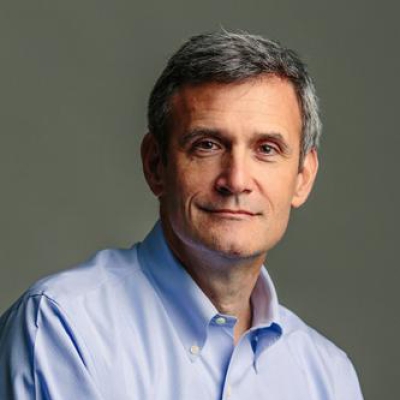“Good teaching is rocket science,” write Jim Short and Stefanie Hirsh in a new report from the Carnegie Corporation, titled The Elements: Transforming Teaching through Curriculum-Based Professional Learning.
Houston, we have a problem…
American universities award about 2,000 Ph.D.s in physics every year, a number roughly equivalent to 0.0005 percent of the nation’s teacher workforce. If good teaching is rocket science, we must abandon, now and forever, any hope of improving student outcomes at scale. Teachers don’t need flattery about how their jobs are impossibly challenging. They need their jobs to be made less challenging.
Happily, The Elements contradicts completely those five words, offering copious sense and practical wisdom on ways that we might make good teaching more consistently and effectively doable by 3.7 million mostly conscientious and diligent men and women in front of American classrooms. The big idea on offer is that school and district leaders, curriculum developers, and teacher professional-development providers should promote and prioritize curriculum-based professional learning for teachers as the linchpin of any attempt to drive student achievement. Hear, hear!
“The United States spends an estimated $18 billion on professional development programs every year, and teachers spend more than a week’s worth of time participating in them,” they note. “But research shows that most of these efforts do not achieve substantial positive impacts on teacher performance or student outcomes.” The reason for this isn’t hard to divine. Most professional development consists of what the report correctly describes as “short-term, isolated experiences” rather than the “ongoing, content-focused, job-embedded professional learning that can help teachers and their students excel.”
The “elements” referred to in the report’s title is a riff on the familiar periodic table, designed to represent graphically the components of strong and consistent professional learning. There are “core design features,” including curriculum; “structural design features,” such as collective participation and time; and “essential” elements of leadership, resources, and time. Focusing teacher effort on what gets taught and teaching it effectively is one of those ideas that sounds intuitive and obvious, yet is at odds with the experiences and practices of most teachers.
The authors note “more than half of U.S. teachers craft curriculum for their students, either by borrowing from multiple sources or creating their own materials. Nearly one in three say their principals encourage them to plan lessons from scratch.” This actually understates things considerably. A 2016 RAND Corporation study, for example, found that nearly every U.S. teacher—99 percent of elementary teachers; 96 percent in secondary school—draws upon “materials I developed and/or selected myself” in teaching English language arts. Among elementary teachers, 94 percent reported using Google to find lessons; 87 percent search Pinterest. The numbers are virtually the same for math. This hasn’t happened by accident. We have trained and acculturated teachers to conflate mass customization and individualization with “best practice.” We also assume teachers prefer it that way. These are some of the most unexamined shibboleths in teaching.
Curriculum-based professional learning “places the focus squarely on curriculum. It is rooted in ongoing, active experiences that prompt teachers to change their instructional practices, expand their content knowledge, and challenge their beliefs,” Short and Hirsh write. The report privileges “inquiry-based” and “student-centered” forms of learning for students and therefore teachers, and the degree to which these things are something new; their provenance is over 100 years old. And there is still plenty of room for teacher-led instruction, particularly in elementary grades. Those teachers just as surely need their jobs ordered and focused on their curriculum, too. But it’s critical not to lose sight of the forest for the trees: The vision of professional learning proposed here would be a watershed improvement compared to what we inflict on teachers at present.
When teachers are working from an established curriculum, not creating lessons from scratch, the likelihood of success goes up. When their professional learning is driven by curriculum, it becomes more focused and intentional. When schools, districts, and professional-development providers focus their efforts in support, the effects can only be heightened. It’s a simple matter of addition by subtraction: Time not spent planning lessons from scratch (and attending busywork professional development) means increased bandwidth to study student work, anticipate and plan for student misconceptions, and to develop the kind of deep subject matter expertise that enables teachers to respond creatively and flexibly in the moment.
We should be able to do this. It’s not rocket science.
SOURCE: Jim Short and Stefanie Hirsh, The Elements: Transforming Teaching through Curriculum-Based Professional Learning, Carnegie Corporation (November 2020).

